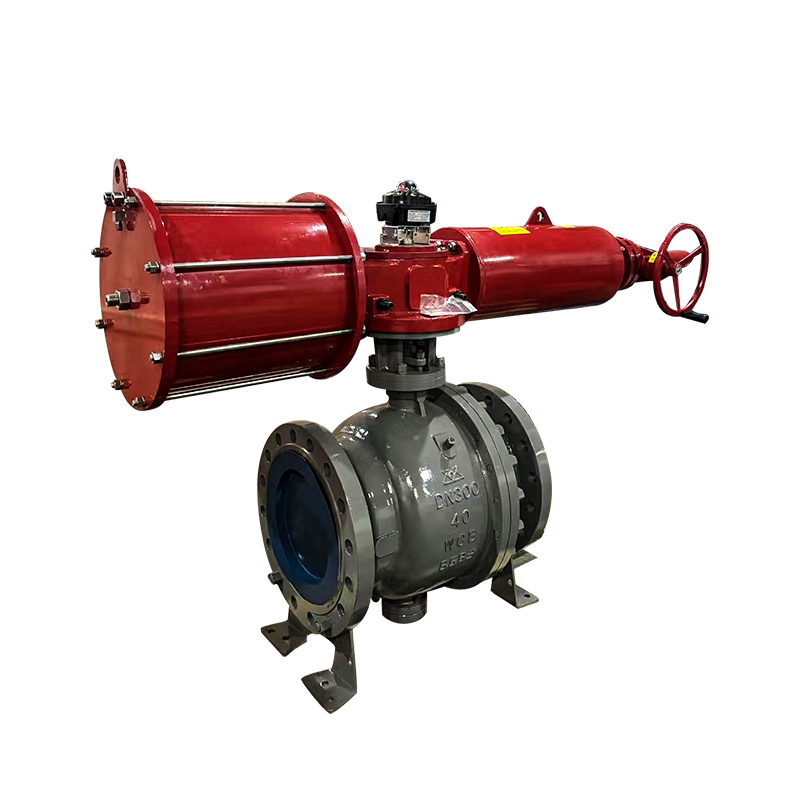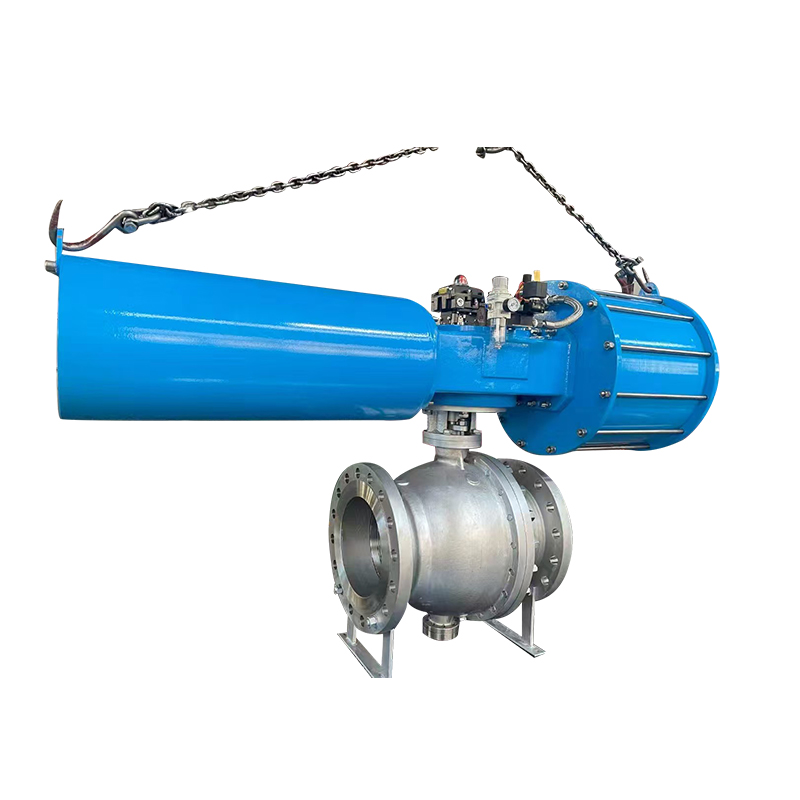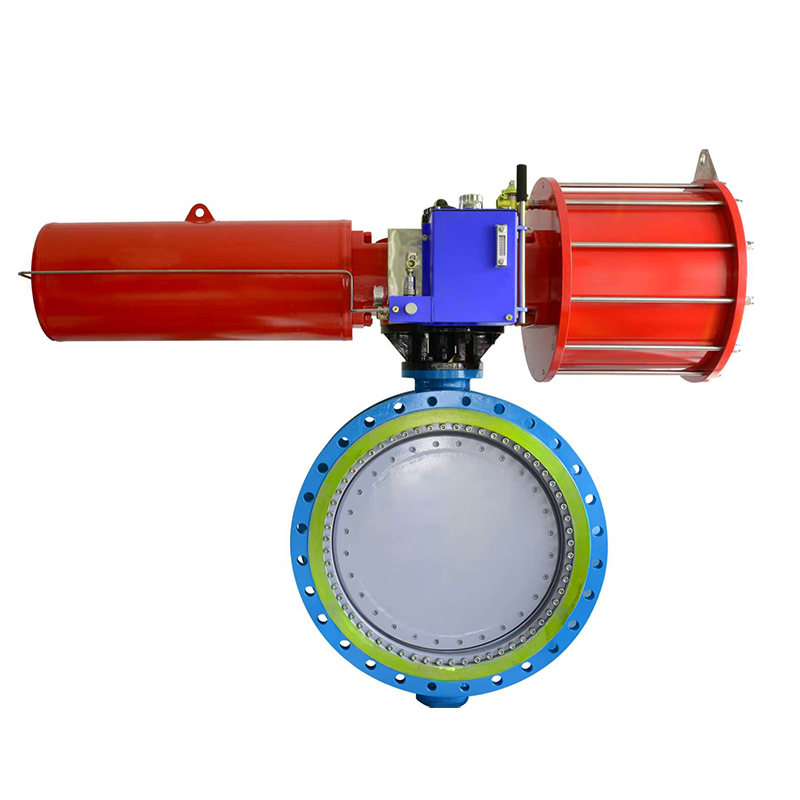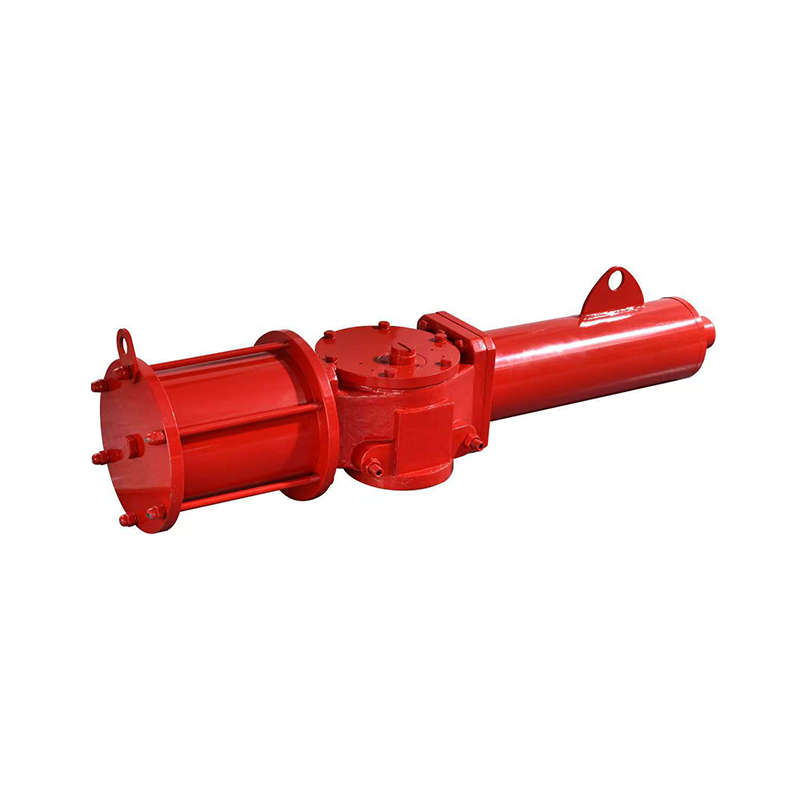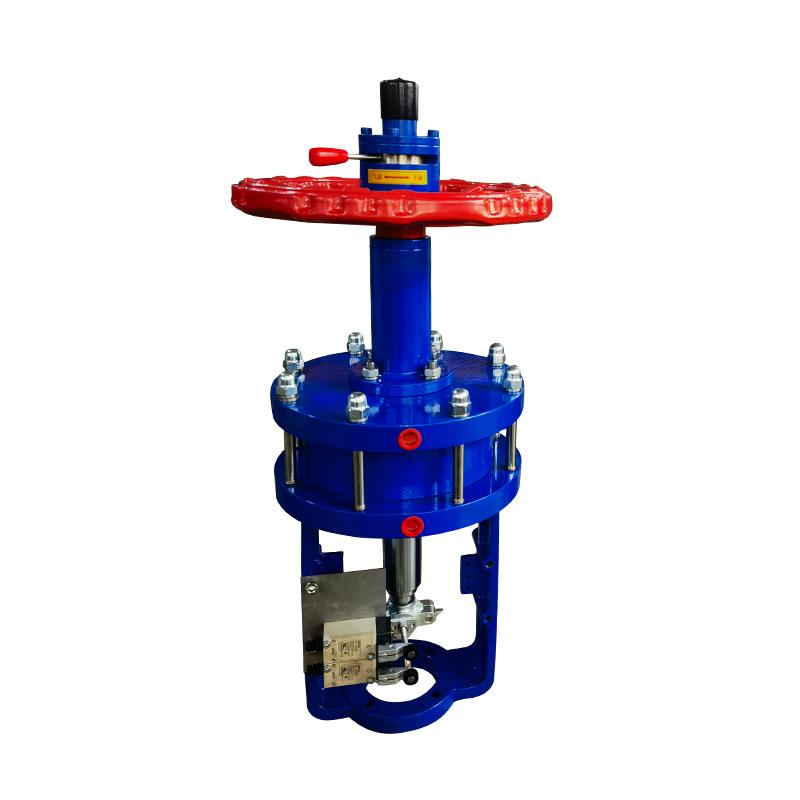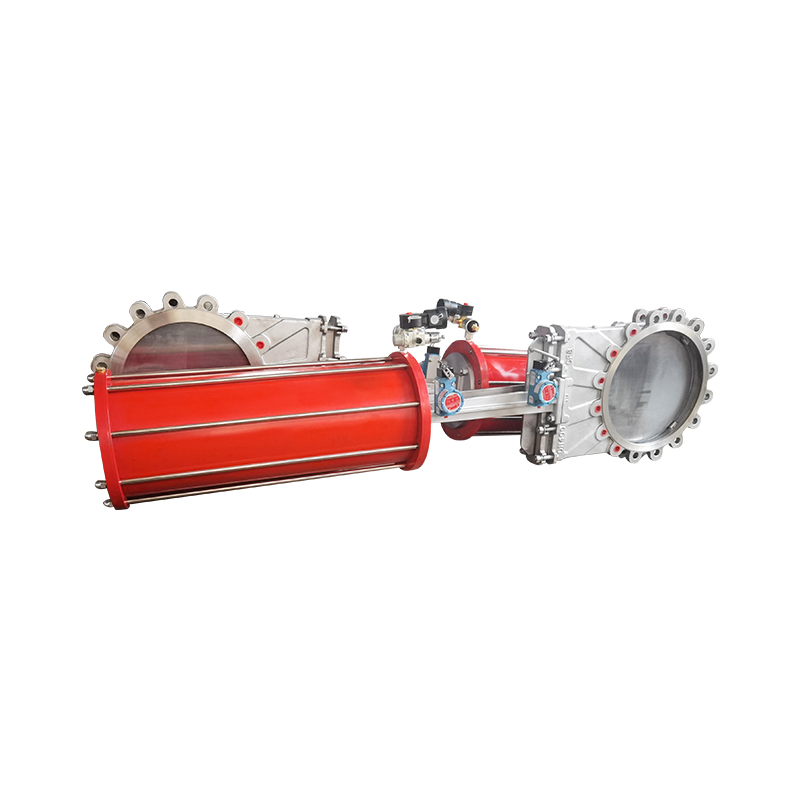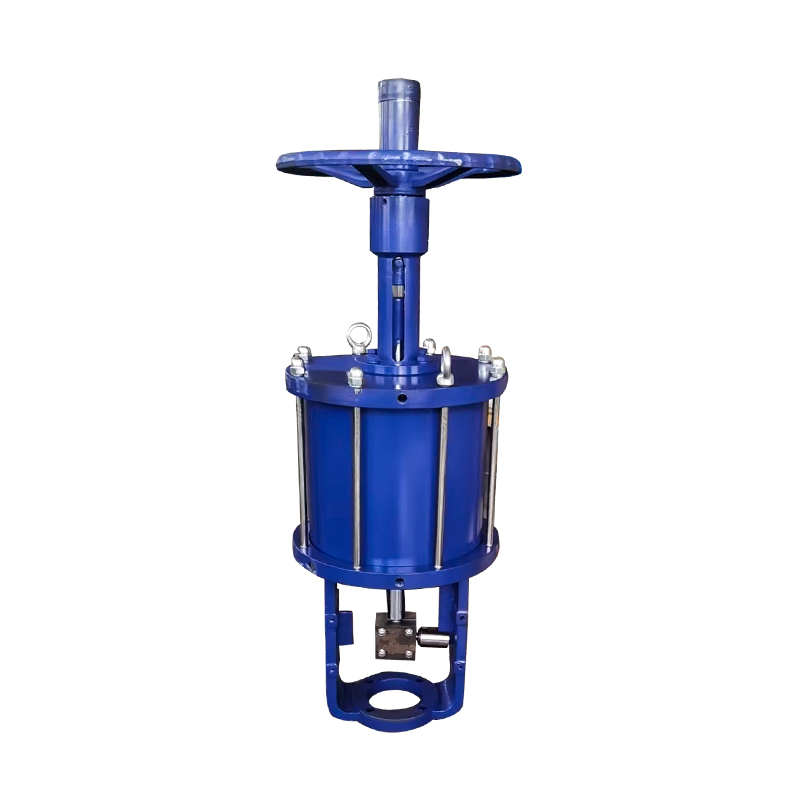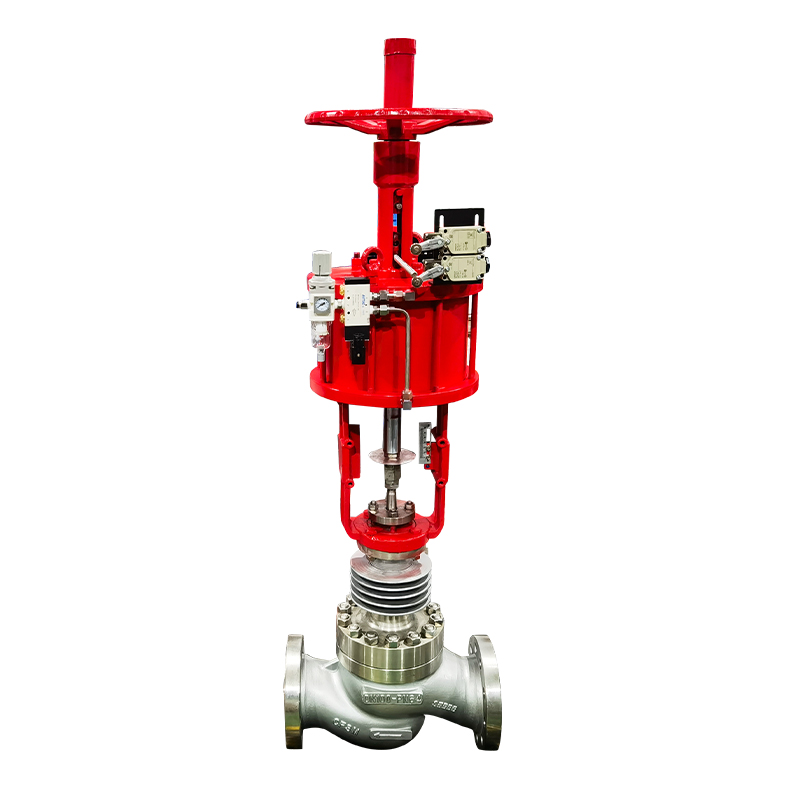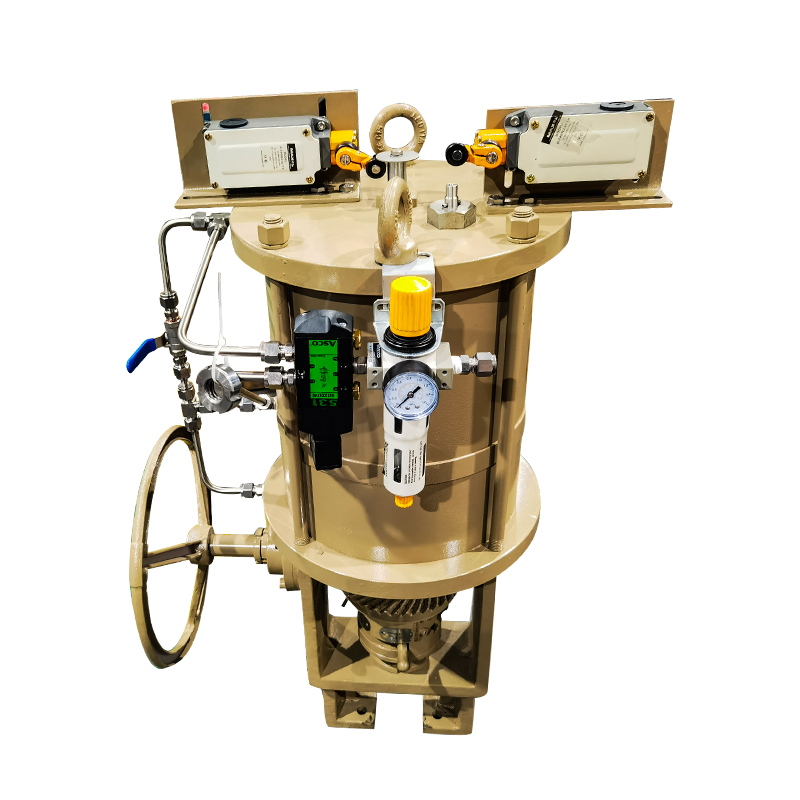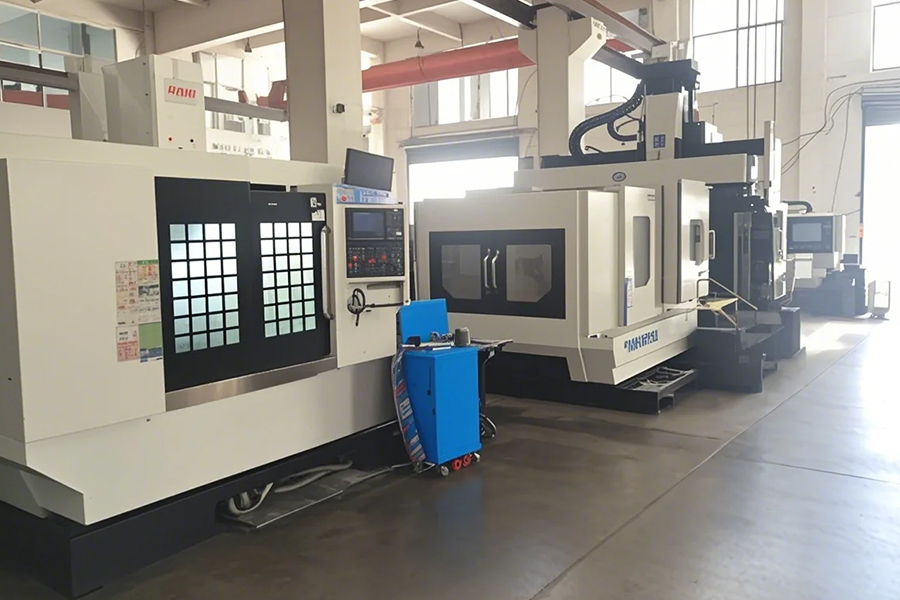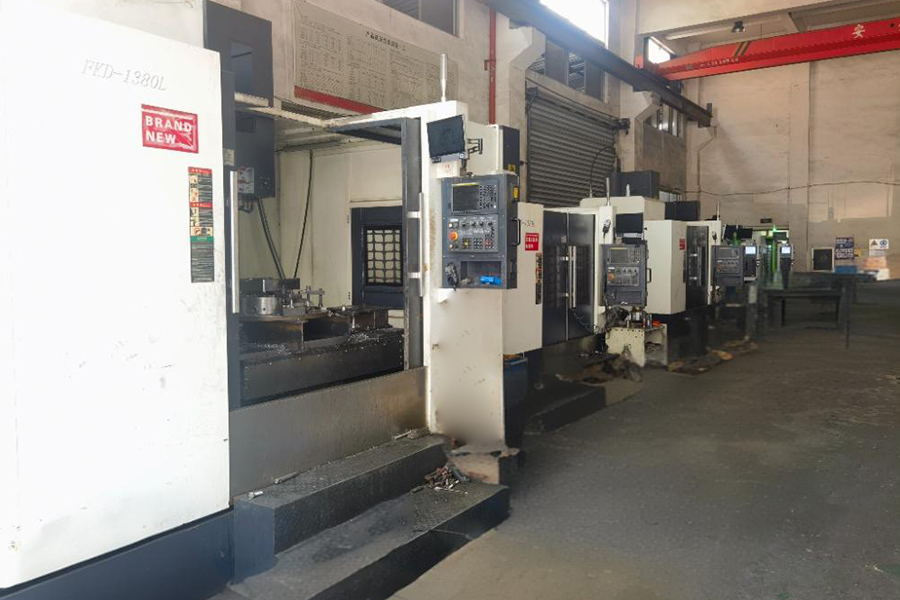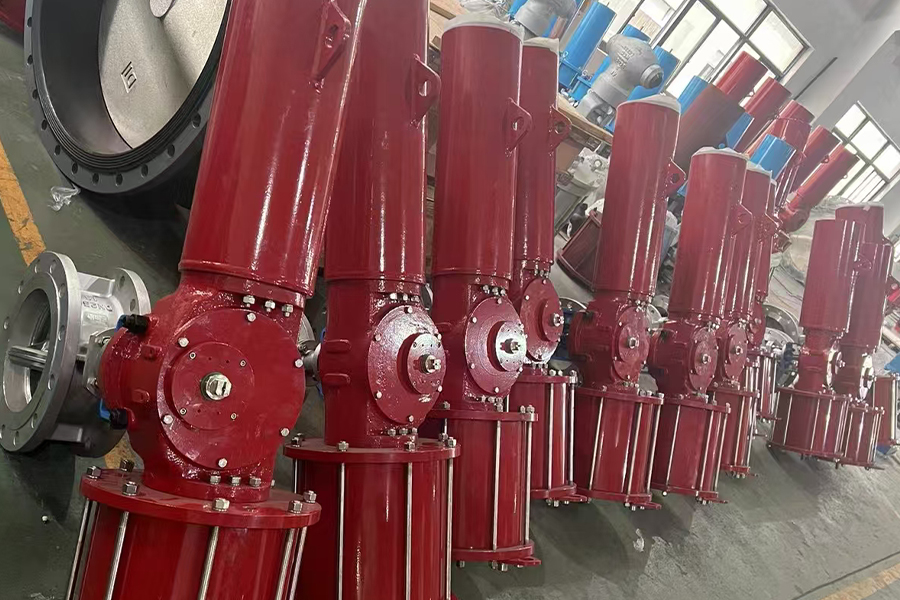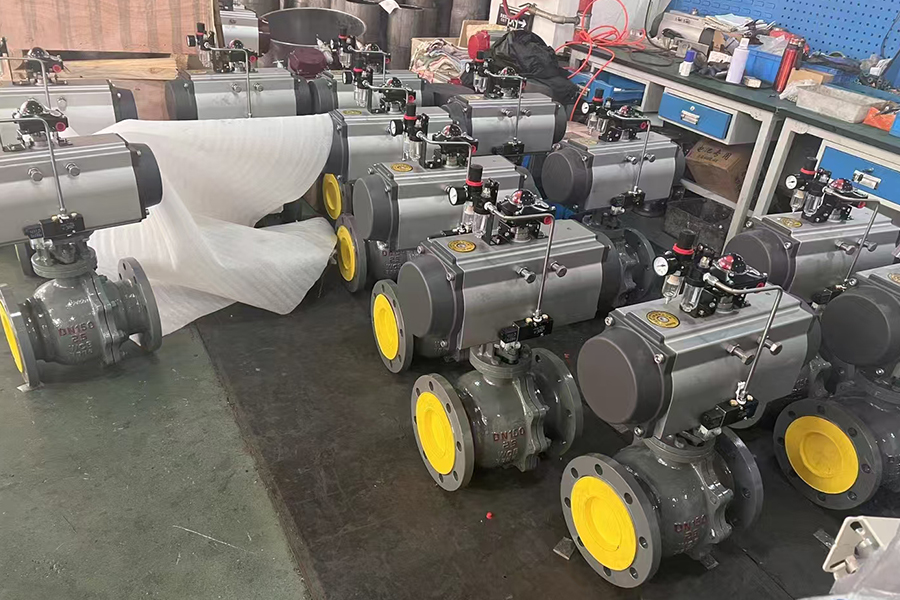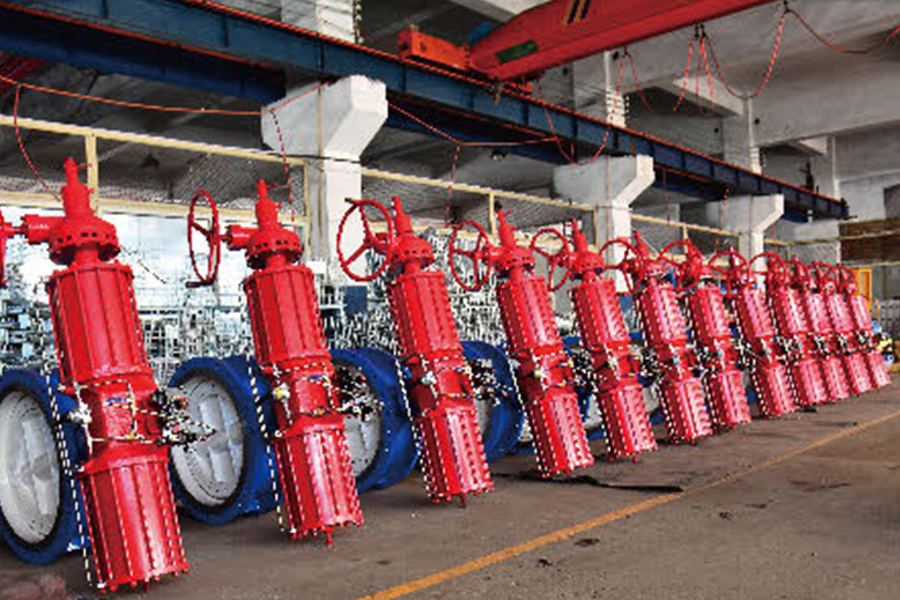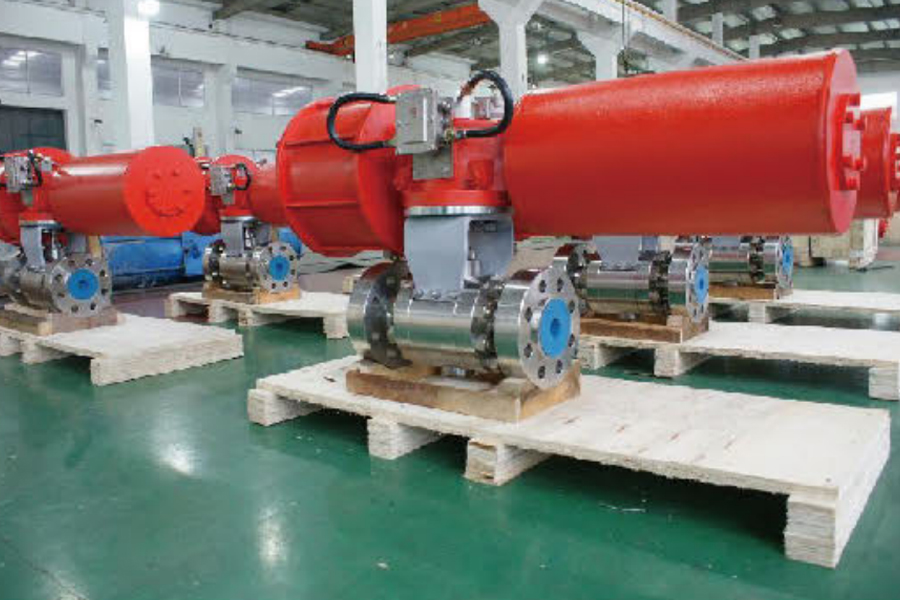A Double Acting Spring Return Actuator combines the benefits of both pneumatic power and mechanical spring force to operate valves. Its defining feature is the use of compressed air in two chambers to move the valve in both directions, while springs provide a fail-safe mechanism for return motion in case of air supply loss.
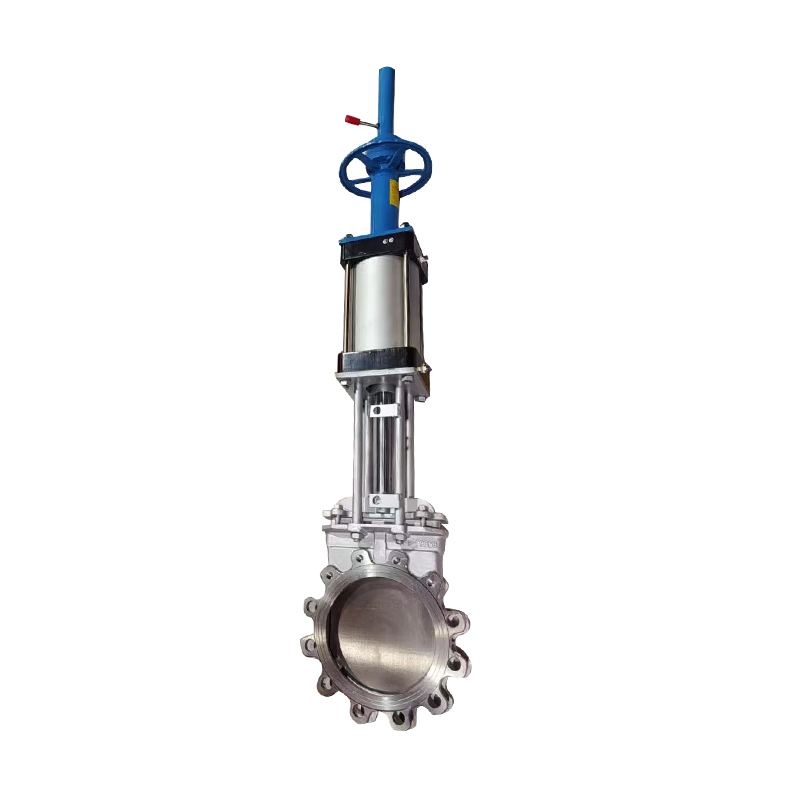
One primary characteristic is the actuator's ability to deliver controlled, precise movement during normal operation using air pressure applied alternately to both sides of the piston. This allows for reliable opening and closing of the valve with consistent force.
The spring return element adds safety by automatically returning the valve to a preset position (either open or closed) if air pressure fails. This fail-safe feature is crucial in many industrial settings where valve position during emergency shutdowns impacts process safety.
Additionally, these actuators have a compact design, often with multiple springs arranged circumferentially around the piston, ensuring even force distribution and smooth operation. They are also known for durability, as the combination of pneumatic and mechanical forces reduces wear on individual components.
The Double Acting Piston Actuator is a pneumatic device that uses air pressure applied alternately to two sides of a piston to create linear or rotary motion. Its main function is to drive valve operation through direct, controlled force without relying on springs.
Unlike spring return actuators, double acting piston actuators require continuous air supply for both opening and closing actions. This dual air pressure operation enables the actuator to exert consistent force in either direction, providing reliable and repeatable valve positioning.
The function of this actuator type is especially valuable in processes requiring precise and adjustable valve control. Because air pressure governs both movements, operators can finely tune valve speed and torque, optimizing flow control and system response.
Additionally, these actuators are preferred for high-cycle applications since they avoid the mechanical wear associated with spring compression and release. Their design allows for larger torque output relative to size, making them effective for valves with higher operating forces.
Double acting piston actuators are commonly used in industries such as oil and gas, water treatment, and manufacturing, where consistent, powered valve actuation is critical to maintaining operational efficiency and safety.
A Double Acting Pneumatic Valve Actuator is a broad category of actuators that utilize compressed air to provide bidirectional movement for valve operation. These actuators play a key role in automating valves by eliminating the need for manual control.
The core feature of these actuators is their use of air pressure alternately applied to either side of a piston or diaphragm, creating motion to open or close the valve. Because air power drives both directions, they offer precise control and faster response times compared to spring return types.
Double acting pneumatic valve actuators are versatile and can be adapted to different valve types such as ball, butterfly, or plug valves. They are commonly equipped with positioners or control modules to allow remote operation and integration with control systems, enhancing process automation.
One important benefit is their suitability for environments requiring frequent valve operation or where fail-safe positioning is not mandatory. Since these actuators depend on air pressure for both movements, they ensure consistent performance as long as air supply is maintained.
Moreover, their maintenance is relatively straightforward, focusing mainly on ensuring clean, dry air supply and periodic inspection of seals and moving parts. Their reliability and efficiency make double acting pneumatic valve actuators a preferred choice in many industrial control applications.








